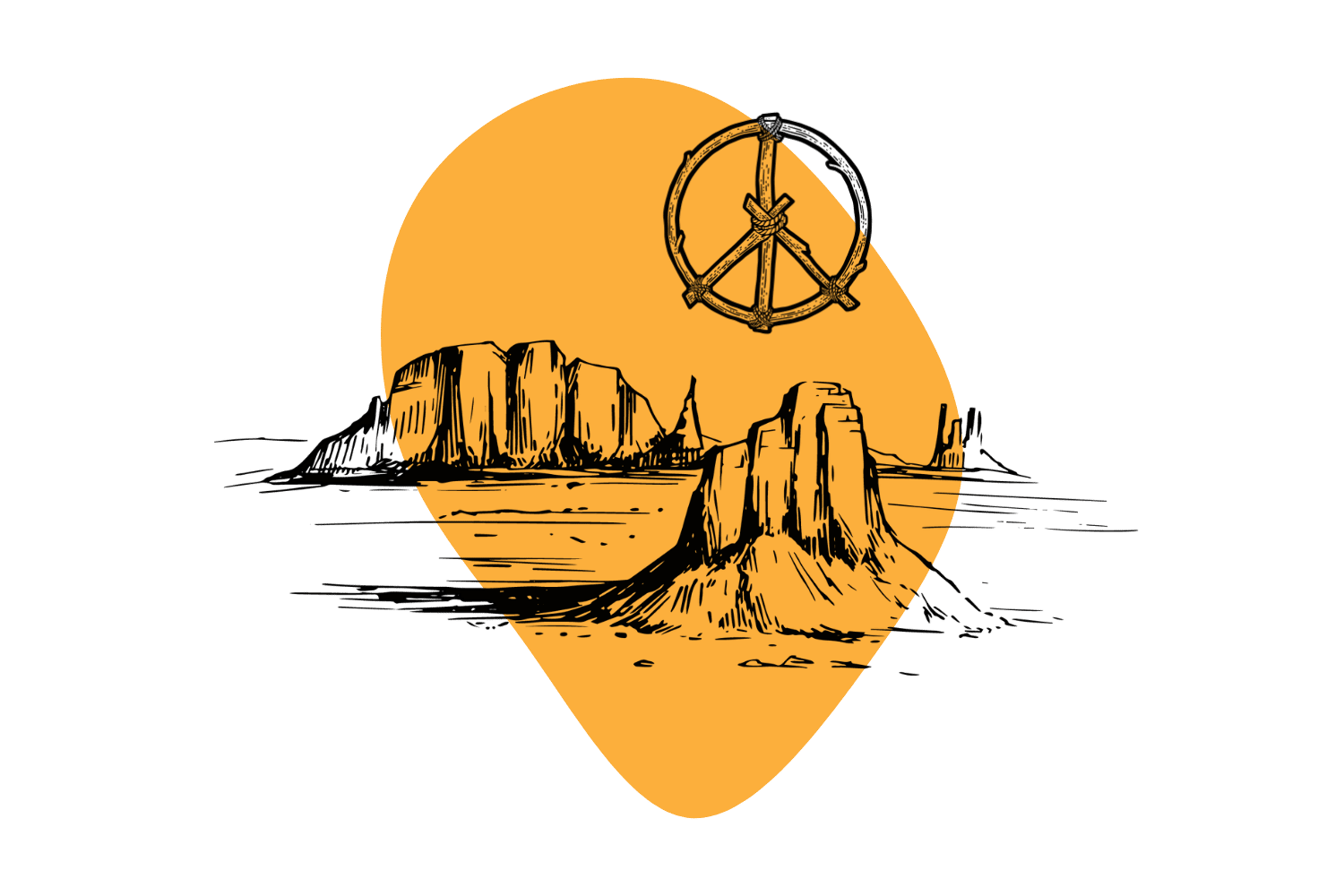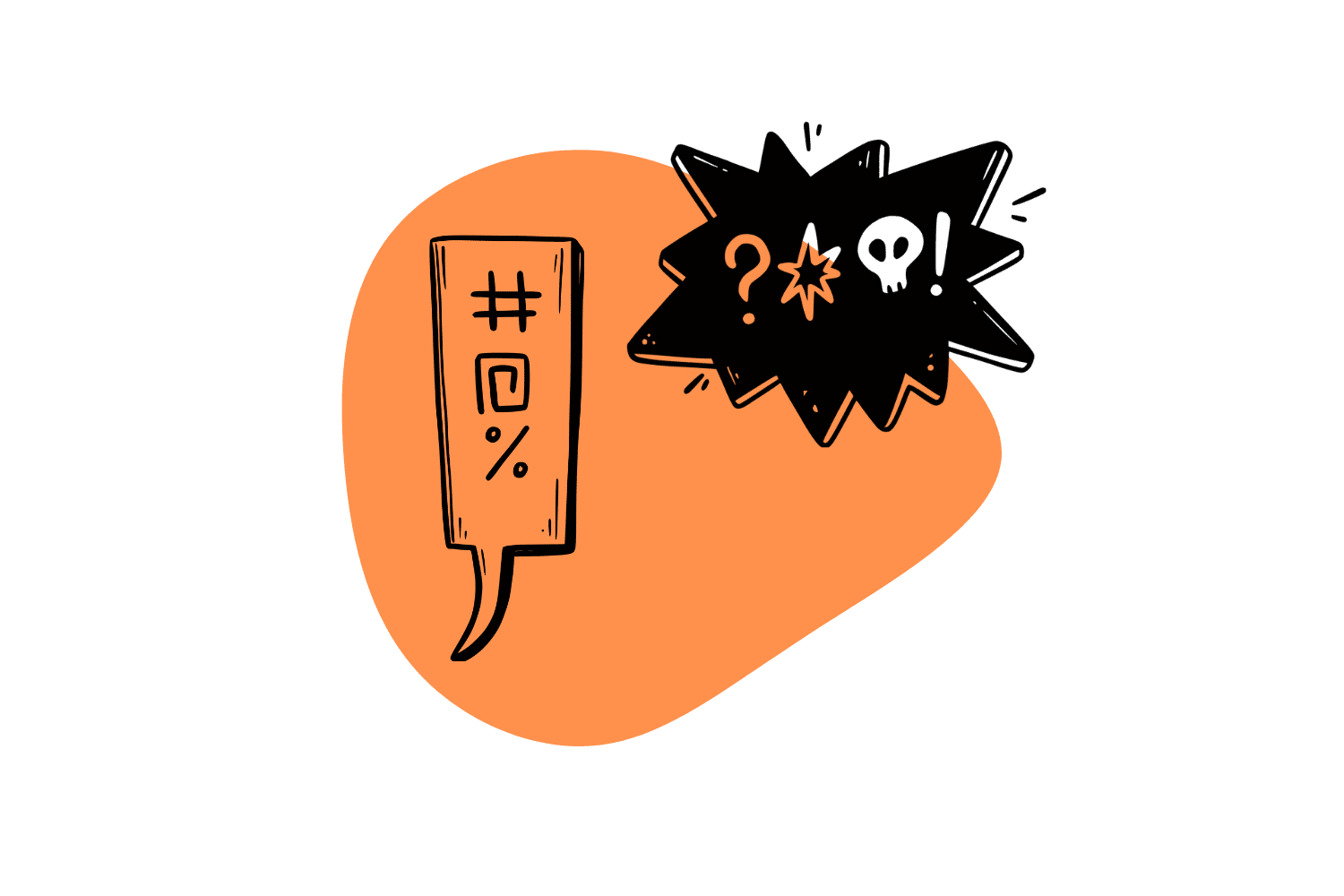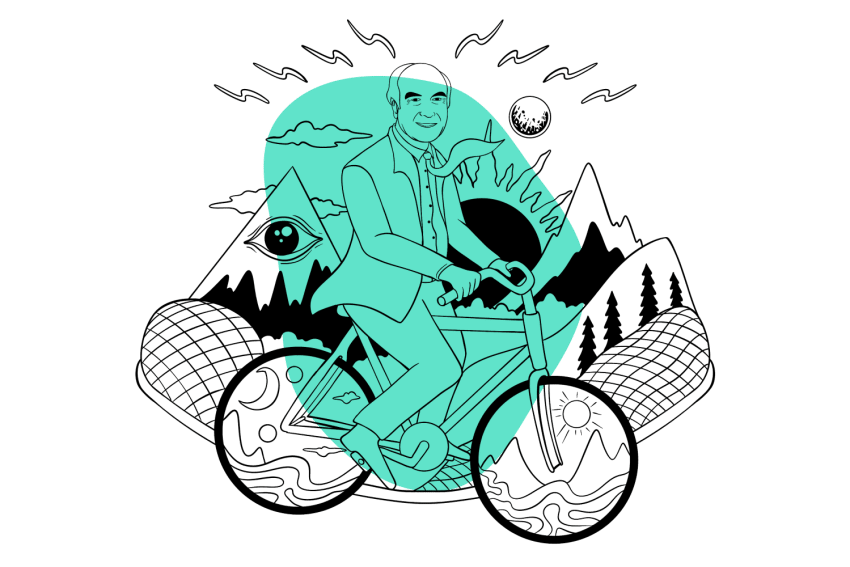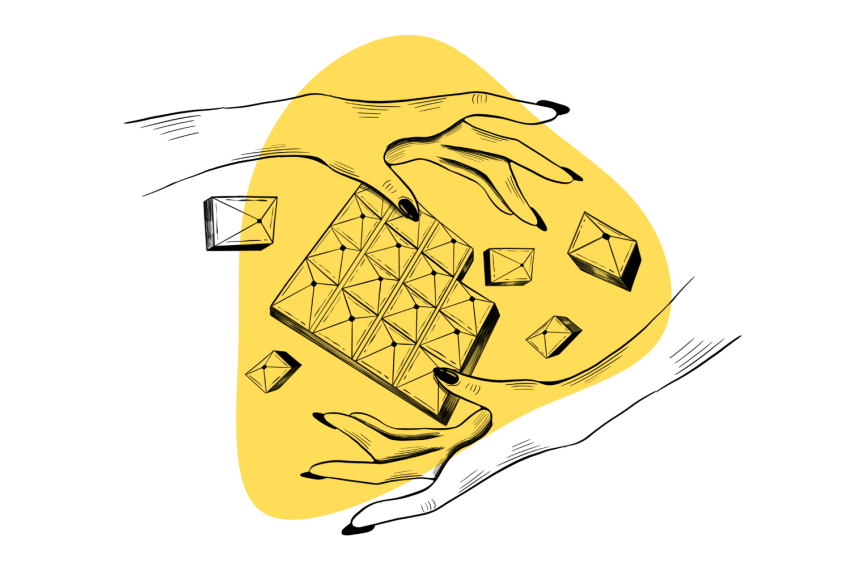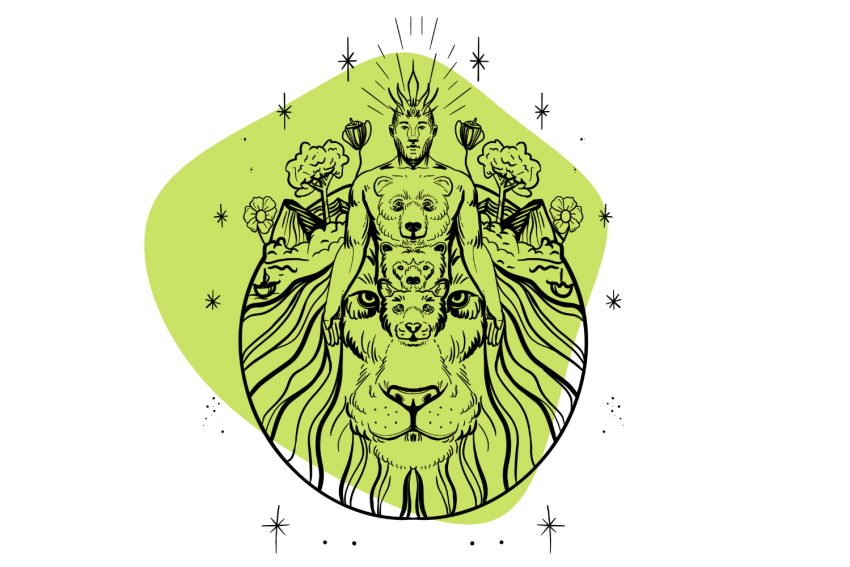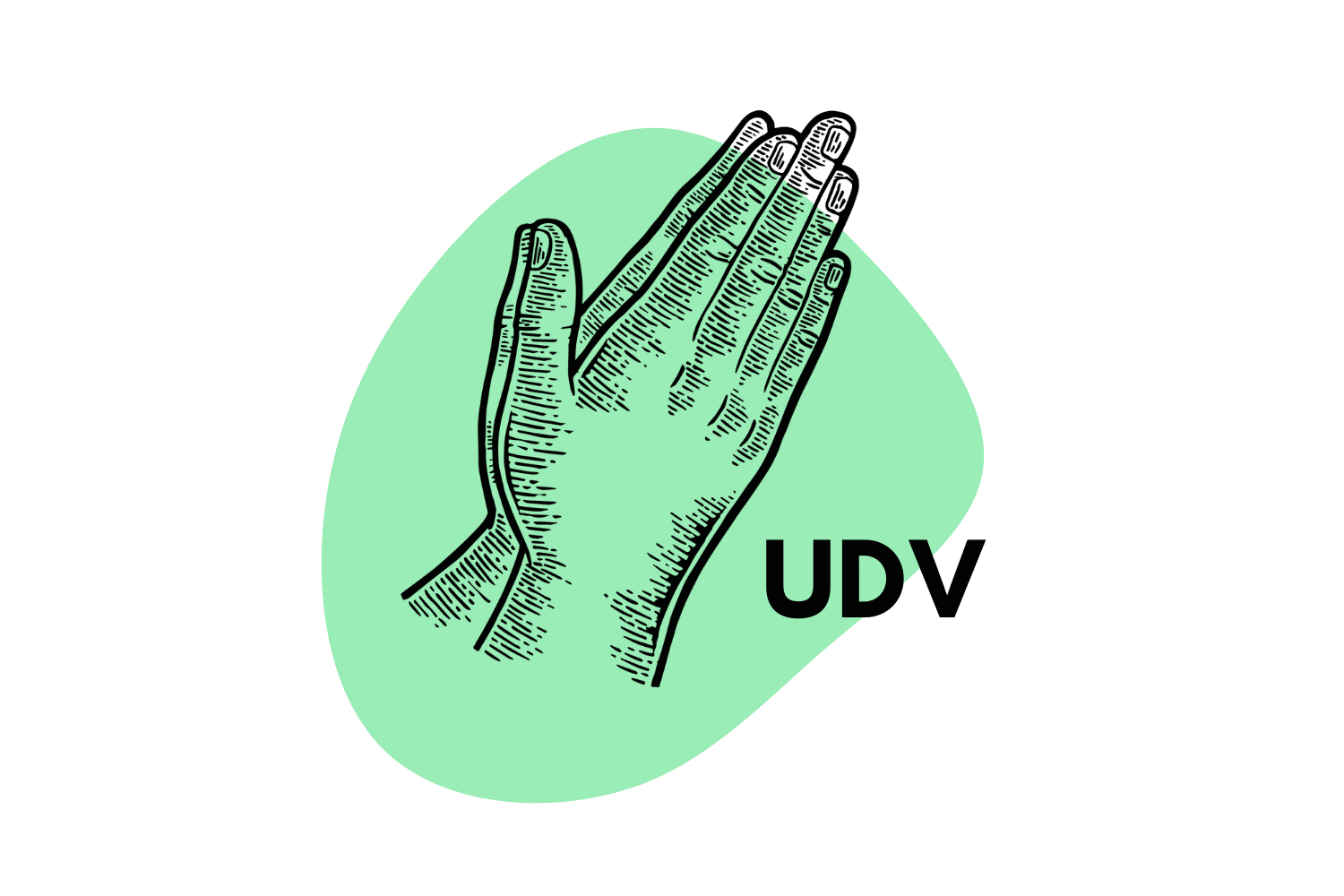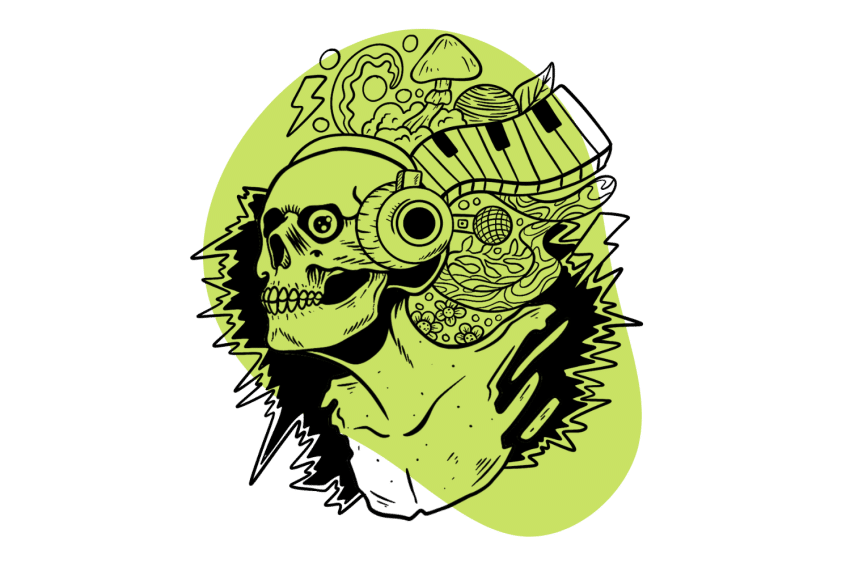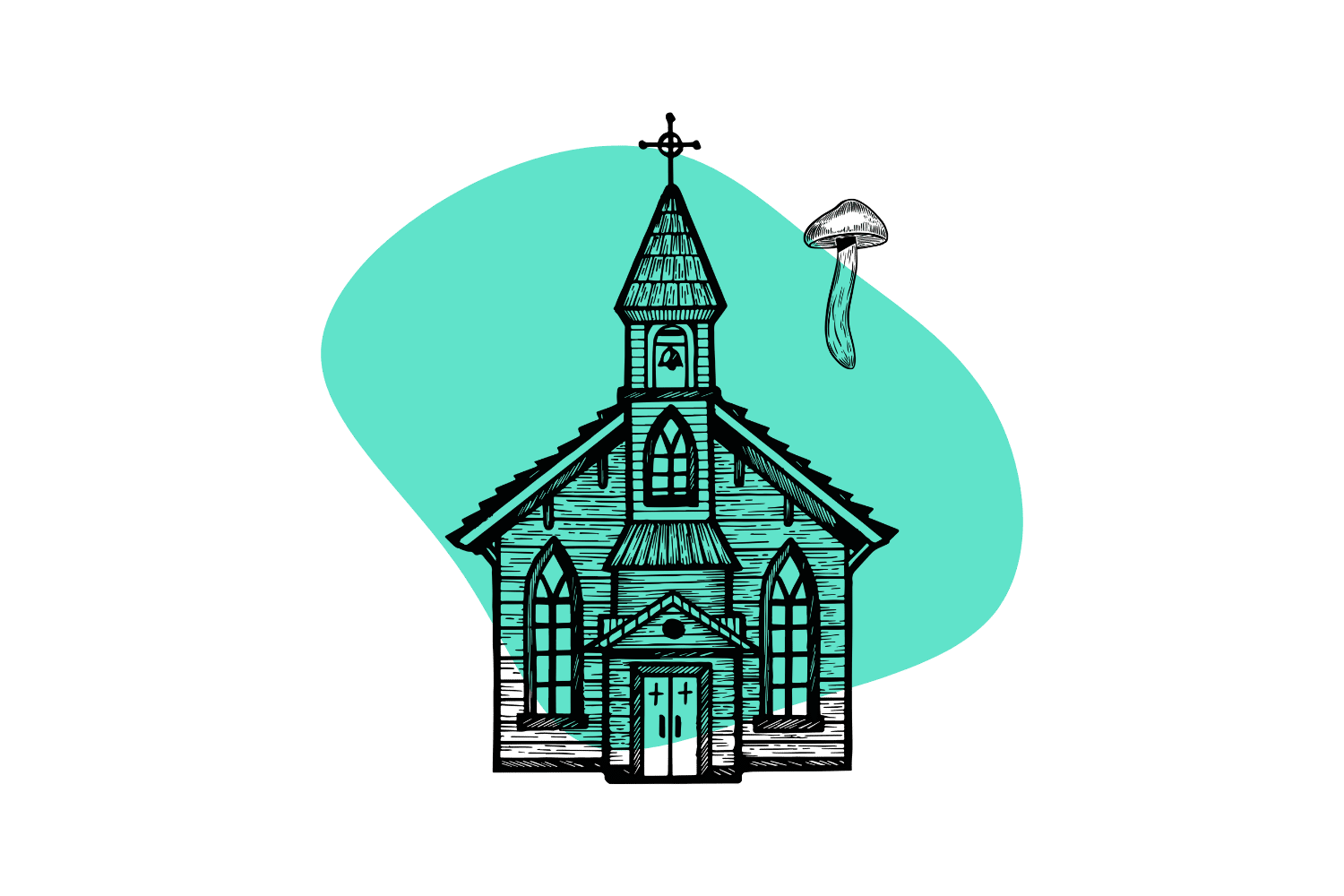How the Vikings Used Ancient Psychedelic Herbs & Fungi
Pillaging villages, conquering new lands, and crossing oceans in open vessels — this is what the Vikings are known for. However, the people of this era may have been up to a lot more than that 🍄
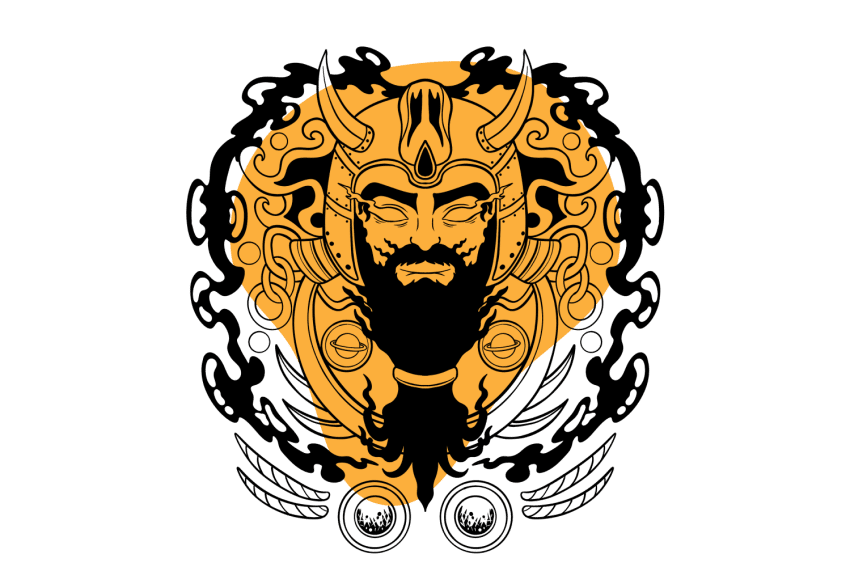
You may not expect to hear the words “Viking” and “psychedelic” in a single sentence. However, experts believe the Vikings used various psychoactive fungi and plants in daily life. Psychedelics may have been used in Pagan ceremonies, Viking Sacrifices, and even during battle.
The idea for this article came while I was wandering around an area close to Uppsala, Sweden. I stumbled across a museum with various Viking artifacts on display. It was here that I found the first mention of the Viking people using psychoactive substances.
This intrigued me, so I decided to dig a little deeper. What I found was nothing short of remarkable…
What Psychedelics Did the Vikings Use?
The Vikings were known to have an intimate understanding of the natural world surrounding them. They would forage herbs, fruits, and fungi for food and medicine. There’s no doubt the Vikings also had deep knowledge about the use of intoxicating organisms as well — and they applied them in a variety of different scenarios.
Magic mushrooms and psychoactive plants could’ve been used in religious ceremonies, sacrifices to the gods, to cure specific ailments, and in battle by the Berserker and Ulfhednar warriors (more on this later).
Dried mushrooms of several varieties, native and non-native to the Scandinavian region, have been discovered in Viking burials across Sweden and Norway.
Several pieces of archaeological evidence suggest people from the Viking era consumed psychedelic mushrooms.
The mushrooms the Vikings likely ingested during ceremonies and even pre-battle include:
- Amanita muscaria (Fly Agaric)
- Amanita pantherina (Panther Caps)
- Psilocybe semilanceata (Liberty Caps)
The Vikings may have used more than psychedelic fungi to alter their perception. Seeds of other psychoactive and potentially deadly herbs, such as stinking henbane (Hyoscyamus niger), have also been found in Viking burials in Denmark [1].
Stinking henbane is part of the nightshade family. It’s highly poisonous and can be fatal when consumed in large quantities. However, when taken in smaller doses, stinking henbane seeds can relax the muscles, calm nerves, induce delirium, and produce mild psychoactive effects.
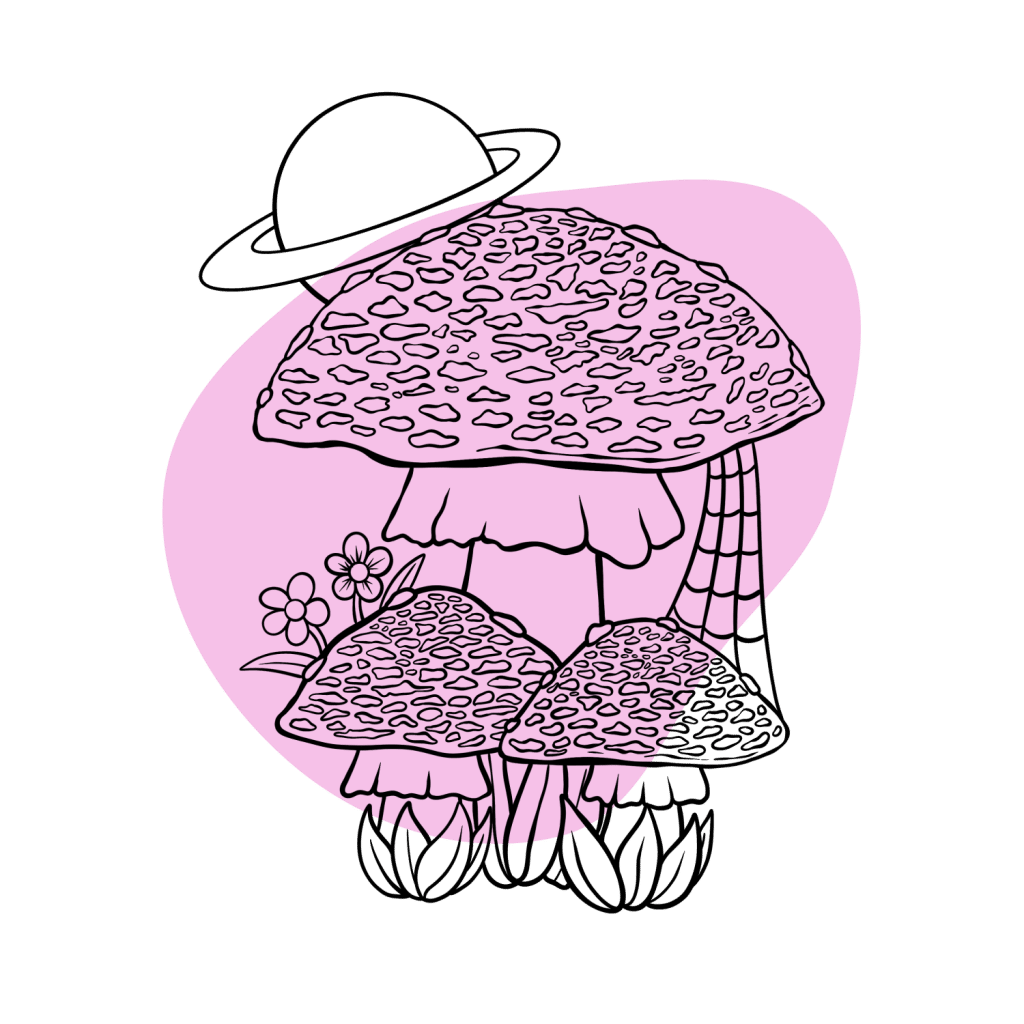
How & Why Did the Vikings Use Psychedelics?
The Vikings may have used psychedelics for several reasons. Psychedelic mushrooms and mind-altering herbs were likely used in ritual sacrifices, religious ceremonies, and before battle by groups of elite warriors.
Let’s take a look at how and why the Vikings may have used psychedelics in day-to-day life:
The Berserkers
You may have heard of the Berserkers. They were a group of elite Viking soldiers that went into battle dressed in the skins of Scandinavian bears. When you break down the word Berserker, it roughly translates to “bear shirt” because this group of soldiers used to wear these skins into battle.
The term “going berserk” came from these warriors because they were said to go into battle in a blind rage.
These Berserkers were also known as “Shield Chewers.” This can be seen in Viking art, such as The Lewis Chessmen [2]. They were said to go into battle with tense jaws and grinding teeth and had no sense of pain or fear.
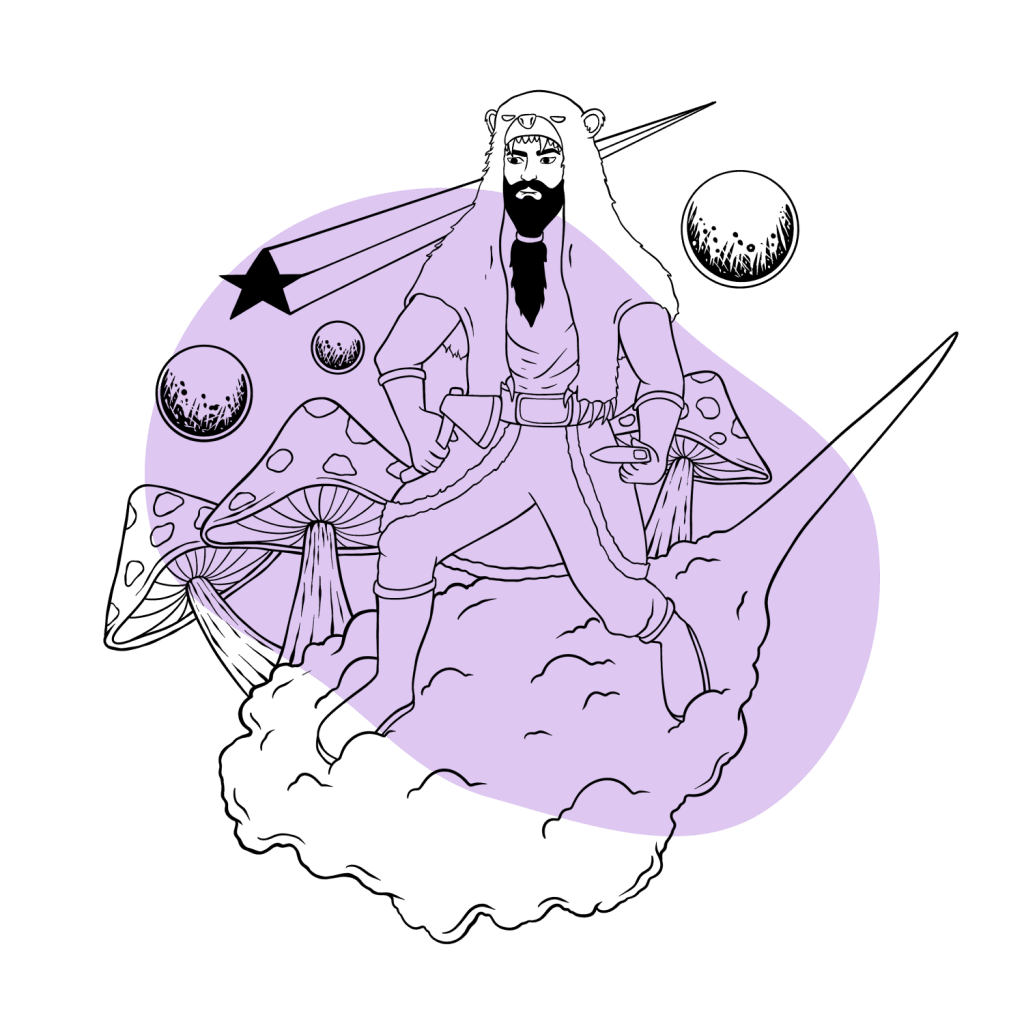
The Berserkers were a fearless group of warriors that were enraged to the point of acting animalistic — convincing their enemies that they were, in fact, beasts rather than men. These traits may have developed because the Berserkers consumed psychedelic substances that dulled their nerve endings and heightened their senses pre-battle.
It’s said that the Berserkers chewed on dry mushrooms before battle — something that I saw evidence of in the museum I stumbled across. According to the display, the Berserkers would consume the dry caps of Amanita muscaria (fly agaric) and Amanita pantherina (panther cap) before the battles. This would put them in a trance-like state, allowing them to go into battle completely fearless.
This would make some sense when you look at the effects of muscimol — the active compound in Amanita mushrooms. Muscimol interacts with the GABA receptors in the brain similarly to benzodiazepines. This effect produces a feeling of disinhibition — they don’t feel bothered by anything.
When consumed in small doses, it produces euphoria, heightened senses, and numbness. When consumed in larger doses, muscimol produces stronger psychedelic effects. However, even at high doses, this mushroom produces no visual hallucinations. These effects may have given the Berserkers an edge in battle by numbing the pain from enemy blows and giving them greater focus.
Others argue that the Berserkers and the Ulfhednar (mentioned below) consumed a sort of psychedelic tea consisting of stinking henbane (Hyoscyamus niger). Looking at the effects of stinking henbane, you can imagine how this herb would have aided the Berserkers in battle.
When consumed in small amounts, stinking henbane can bring on feelings of delirium, loss of inhibition, nerve numbness, hallucinations, and manic episodes. This could explain the traits of these elite warriors as they went into battle.
The dulling of pain, delirium, and loss of inhibition would undoubtedly make them less aware of the severity of the task at hand. This could have made them better warriors by making injuries from enemy blows less painful. The dissociative aspect of the herb may have allowed them to kill like the beasts they were dressed as without having any moral qualms.
The Ulfhednar Elite Warriors
The Ulfhednar were another group of elite Viking warriors that were said to be on a higher level than the Berserkers. They would receive special treatment from the local shamans and live completely separate from the rest of the Viking settlement.
These warriors wore the skins of wolves into battle and would chant and howl as they fought. It’s believed that the European folklore of werewolves stemmed from these elite warriors through stories passed down through generations. They were known as “Odin’s special warriors,” and they frightened the life out of anyone who crossed their path.
This group of warriors also went through rituals before heading into battle. Similar to the Berserkers, it’s believed that the Ulfhednar consumed psychedelic mushrooms and hallucinogenic teas in their pre-battle rituals.
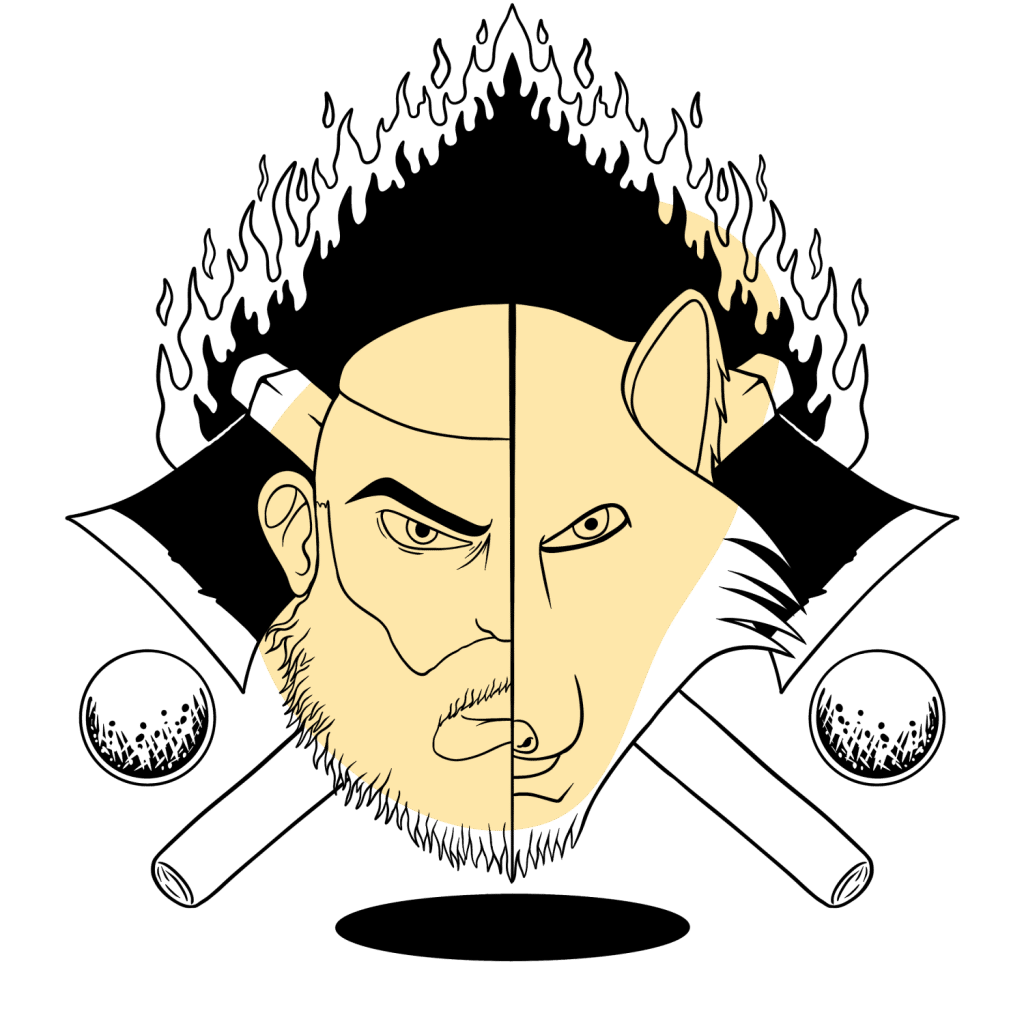
These substances would help them get into a trance-like state of rage where they became fearless, felt less pain, and supposedly didn’t bleed from their wounds. Like the Berserkers, Hyoscyamus niger and Amanita muscaria were likely responsible for the Ulfhednar’s “superhuman” battle strength.
Viking Religious Ceremonies
The Vikings may have consumed psychedelic substances during religious ceremonies. Before Christianity reigned over Scandinavia, paganism was the main religion. The Vikings had many gods and goddesses that represent what we recognize as different human traits.
These gods and goddesses were worshipped in several different ways. Religion at this time wasn’t organized like modern religions. In fact, the Vikings didn’t have a word for their religion. The closest term that described Norse Paganism was “forn sidr” (ancient customs).
These “ancient customs” would be practiced by single Viking settlements rather than on a larger scale. Individual settlements would interpret these customs differently, with the village shaman hosting several ceremonies and rituals throughout the year.
Larger, more important religious ceremonies would happen around the seasonal changes (Ostara, MidSommar, Alfarblöt, Yule, etc.). During these times, the Vikings may have ingested psychedelic plants and fungi to become better connected with their surroundings and gods and goddesses.
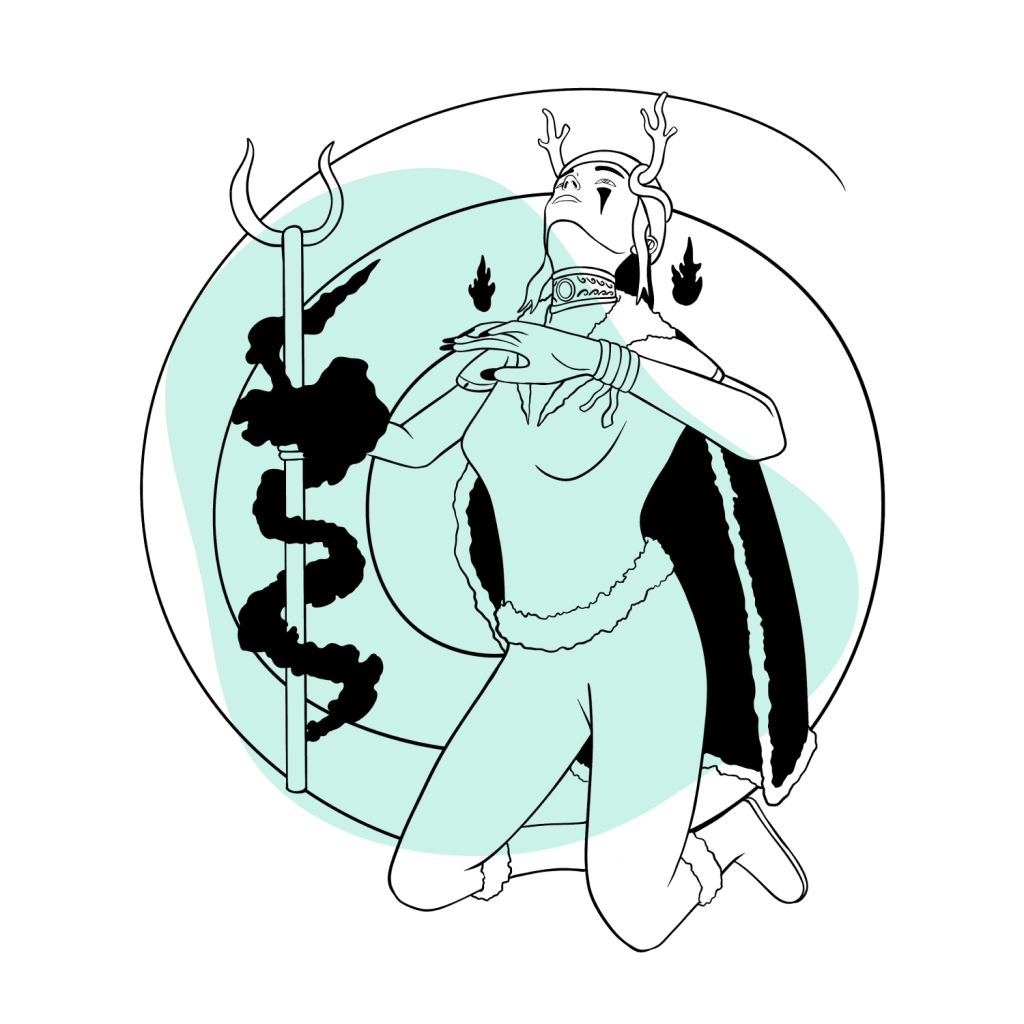
Ritualistic Sacrifice
The Vikings’ sacrificial habits were even scarier than those of the Berserker and Ulfhednar warriors. Livestock and humans were sacrificed to the pre-Christian Pagan gods in the Scandinavian regions during the Viking era.
These sacrifices were performed to make contact with the gods. These rituals would help the Vikings win battles, guide them across dangerous waters in search of new lands, make the winters less harsh, and improve harvest and hunting prospects.
It’s believed that during these sacrifices, psychedelic mushrooms were consumed both by the active participants and the less-fortunate sacrificial participants. Other plants and fungi may have also been used to dull the sacrifice’s senses to make the ritual run more smoothly.
One famous ritual was the nine-year sacrifice in Uppsala, Sweden. This gruesome event occurred every nine years in mid-winter or Yule (the 24th of December). It involved the sacrifice of 99 people and animals — all males. This event was a religious Pagan ceremony also known as “blöt” [3].
The ceremony would last nine days, with sacrifices being made throughout each day and into each night. The ritual was said to be animalistic, with the participants indulging in several different intoxicating substances, from alcohol to psilocybin-containing mushrooms.
You can still visit the area where these rituals took place in Gamla Uppsala (Old Uppsala). Three large Viking burial mounds — known as “The Royal Mounds” —still sit where the bodies would be laid to rest every ninth year after the ritual [4].
The Royal Mounds at Gamla Uppsala is an eerie place to visit. The burials are part of a large piece of pasture land where the famous liberty caps (Psilocybe semilanceata) that the Vikings may have used during these rituals still grow in numbers today.
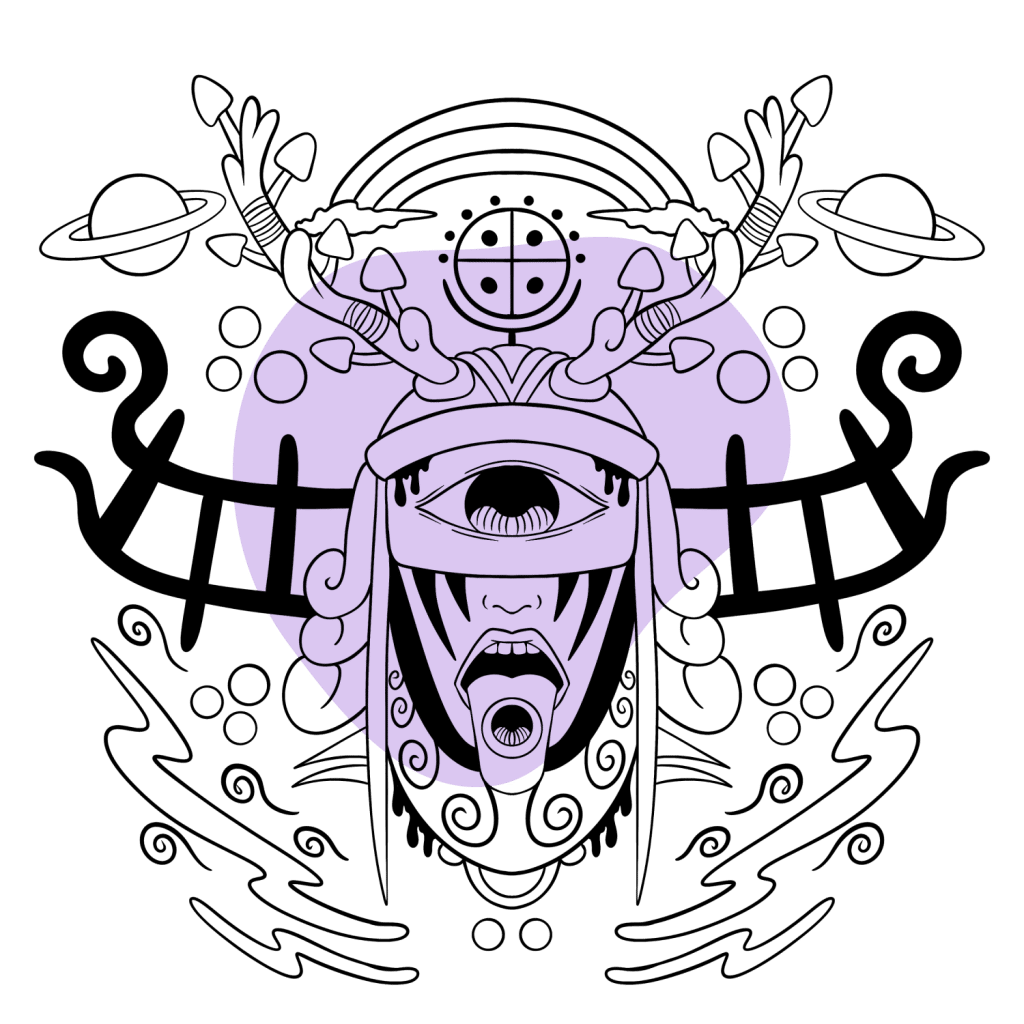
Summary: Vikings & Psychedelics
The Vikings were more than savage warriors living in barren lands. Although their civilizations were unstructured in a sense, they were incredibly efficient traders who successfully settled throughout many parts of Europe.
The Vikings’ successes were due to their innovative and advanced navigation techniques and brutal skills in battle. However, at least some of their triumphs could have been due to their knowledge of plants, fungi, and medicines present in native and foreign lands.
The Vikings likely used mind-altering plants and fungi. Although time has forgotten how they may have used these substances to their advantage, archaeological evidence has at least given us an insight into some of the scenarios they would’ve been used in.
The Vikings likely used several psychedelic substances that are native to what is now Scandinavia. The mushrooms and plants that the Vikings were consuming over 1000 years ago can still be found growing across Sweden, Norway, and Denmark today.
References
- Karg, S., Hansen, U. L., Walldén, A. M., Glastrup, J., Ærenlund Pedersen, H., & Sonne Nielsen, F. O. (2014). Vegetal grave goods in a female burial in Bornholm (Denmark) from the Late Roman Iron Age period are interpreted in a comparative European perspective. Danish Journal of Archaeology, 3(1), 52-60.
- National Museums Scotland. (2019). Lewis Chess Piece: Berserker or Warder H.NS 29.
- Lönn, M. (2017). Att bjuda makterna på fest: Blot i handling och tanke hos Samfundet Forn Sed Sverige.
- Henriksson, G. (2003). The pagan Great Midwinter Sacrifice and the ‘royal’mounds at Old Uppsala. Calendars, Symbols, and Orientations: Legacies of Astronomy in Culture. Uppsala: Uppsala Astronomical Observatory Report, (59).

